7875
0
Understanding quantitative easing
Everyone is talking about "Quantitative Easing", "Capital Injection" or "Asset Purchase Program". These are probably among the most
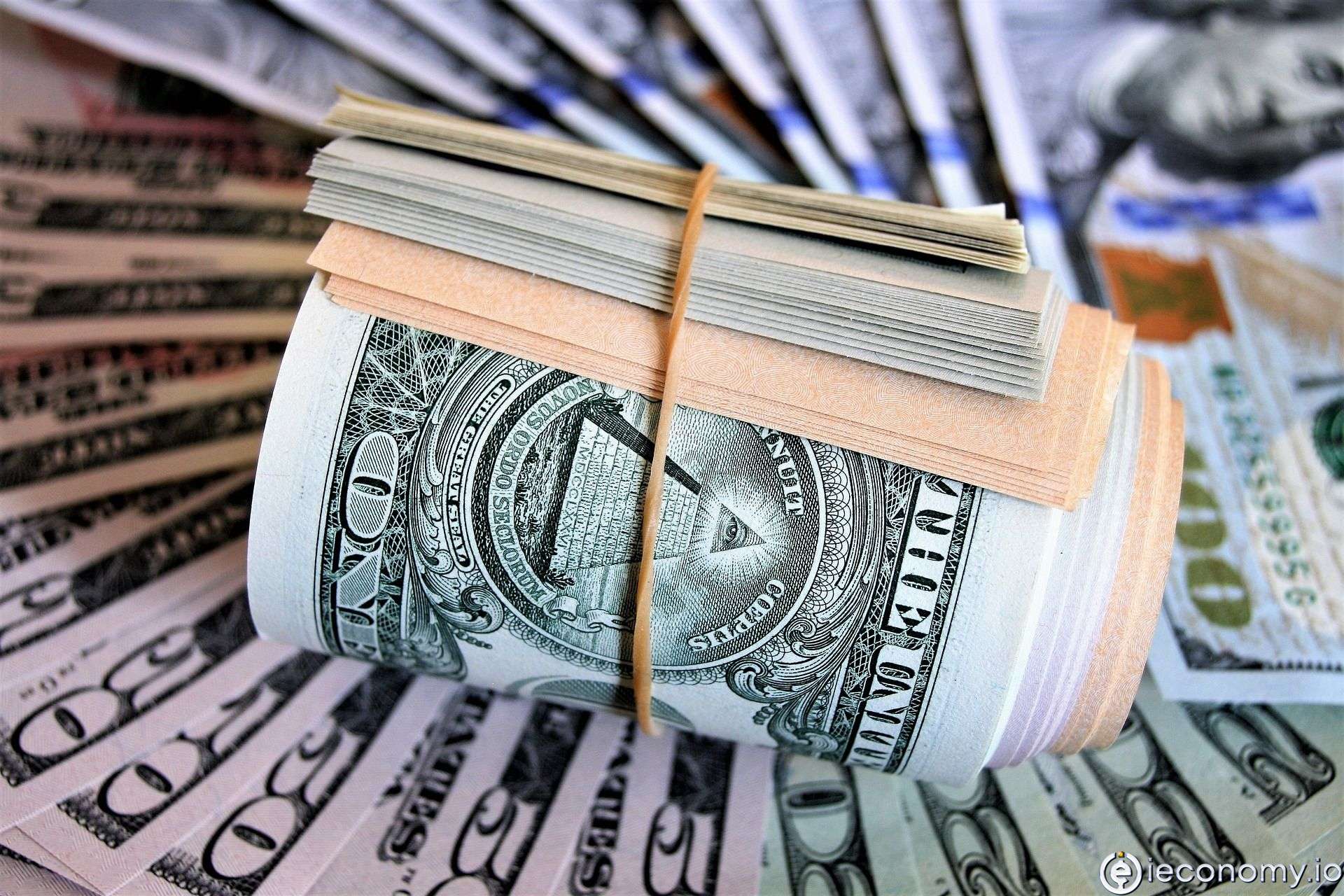
Yazar: Charles Porter
Yayınlanma: 19 Ekim 2022 07:08
Güncellenme: 29 Aralık 2025 08:47
Understanding quantitative easing
Everyone is talking about "Quantitative Easing", "Capital Injection" or "Asset Purchase Program". These are probably among the most commonly used terms we read in the financial news. But what do these terms actually mean?
What is Monetary Expansion?
The main mechanism of Monetary Policy is based on lowering interest rates to stimulate the economy. In doing so, the Central Bank increases borrowing activity and encourages individuals to buy more goods and services. One of the main problems is that interest rates in the US, UK or Japan are virtually "0" (in fact, in the real situation, if we subtract the inflation rate from the nominal interest rate, we end up with a negative interest rate), so further cuts are unlikely. What is the next step in this situation? Central Banks have the following option: inject money into the system, which is Quantitative Easing (QE) or financial easing.How does the mechanism work?
The main logic of Quantitative Easing is that the central bank buys financial assets from the market, which can be public and private sector bonds. These financial assets can also be commercial banks, investment banks or insurance companies and pension funds. Originally, the Central Bank said it would increase its cash reserves by $100 billion. It can then buy these assets from different institutions, which will increase the cash reserves and therefore the institutions will sell these assets, keep cash on their balance sheets and as a result lend this cash to individuals and institutions or invest it in some other assets (such as the stock market, gold or commodities). In sum, this money would be expected to stimulate the whole economy, which has a larger money supply than before. As a result, when the central bank buys bonds, it artificially reduces the supply of these assets, and therefore bond prices are higher and bond yields are lower. This helps the real sector by reducing its borrowing costs. First, when the economy is rescued, central banks will sell back the bonds purchased, which means that they will withdraw all the liquidity injected into the market.Is it the Same as Debt Monetization?
It may not be correct to say exactly the same. Because in the case of monetary expansion by central banks, there is no direct borrowing. In other words, the public sector is not financed. But in the short run, the effects are the same. Moreover, quantitative easing is a temporary measure. Therefore, there is not much the central bank can do. For example, in Germany in the 1920s and in Chile in the 1970s, financing public debt through quantitative easing led to an inflation spiral. Follow Global Economic Developments on Social Media! Click here to follow Ieconomy official Facebook account! Click here to follow Ieconomy official Instagram account! Click here to follow Ieconomy official Twitter account!İLGİLİ HABERLER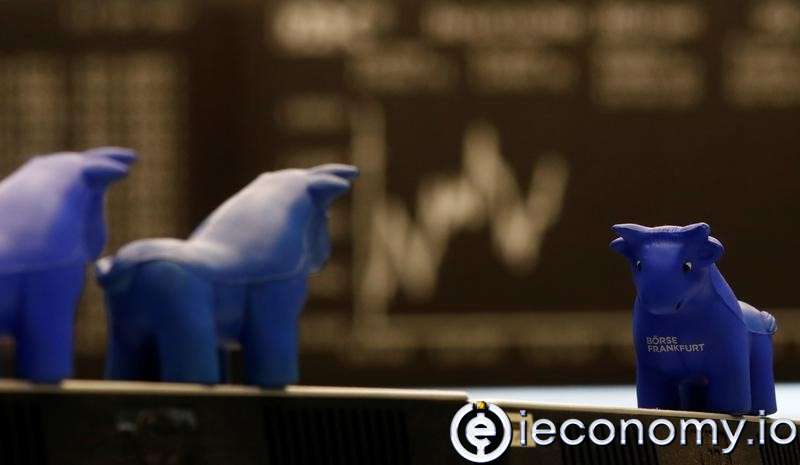
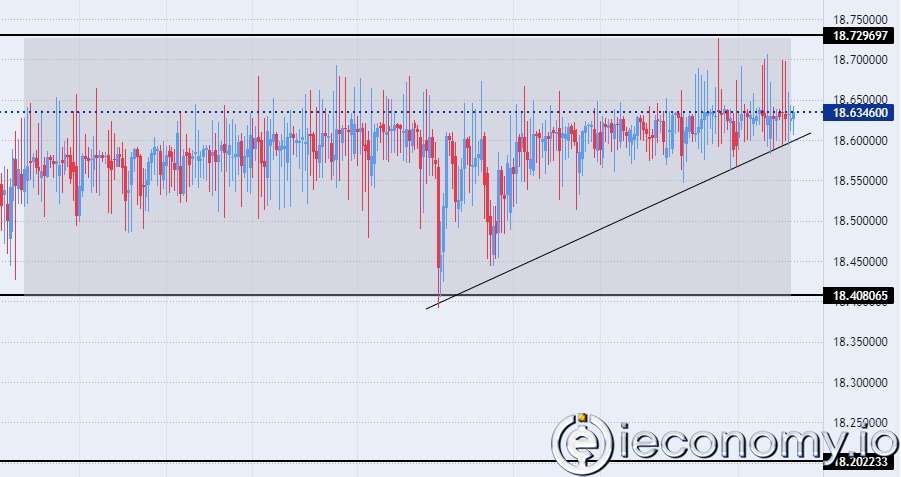
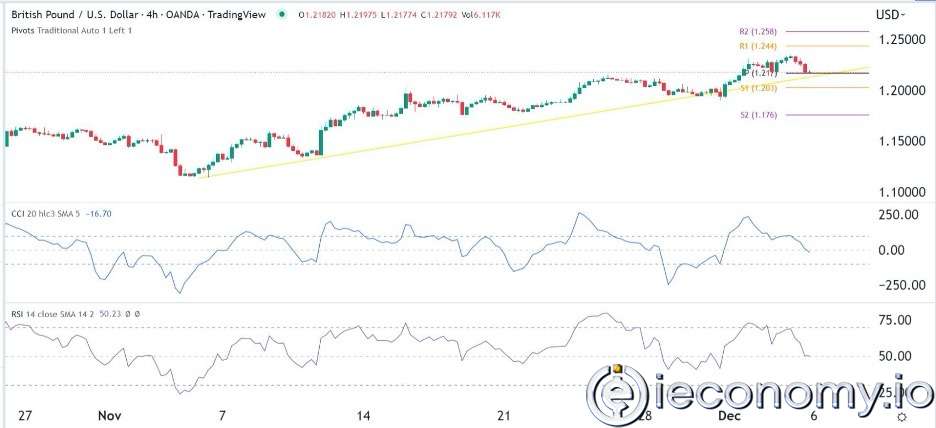
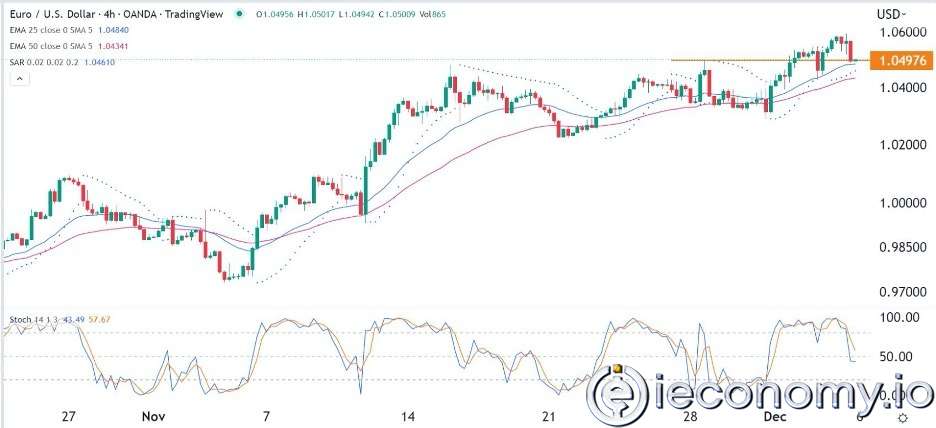
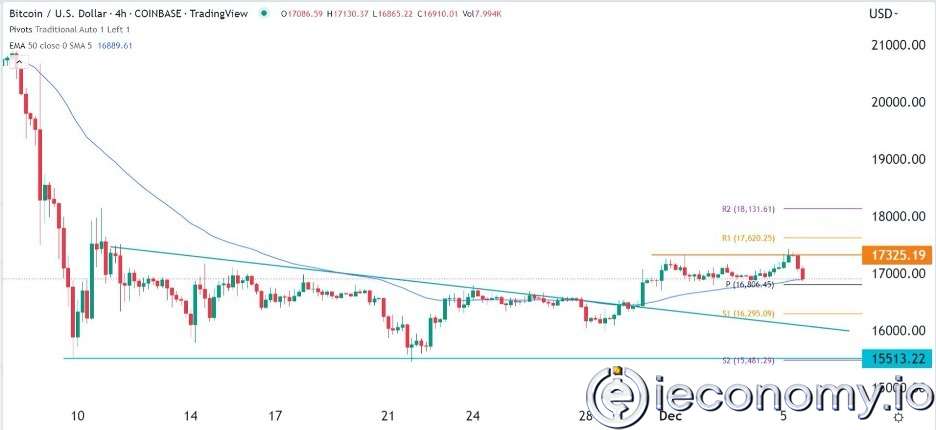

European stocks soared and focus shifted to German retail sales after Powell's speech!

Forex Signal For TRY/USD: Inflation Slowdown in November.

Forex Signal For GBP/USD: Bullish Trend Still Not Breaking While Recovery Continues.

Forex Signal For EUR/USD: Starry US Data Points to Higher Fed Increases.

Forex Signal For BTC/USD: Downside Continues as Bitcoin Recovery Moves Less.
En Popüler Haberler
Yorum Yap
Yorumlar
Henüz yorum yapan yok! İlk yorumu siz yapın...